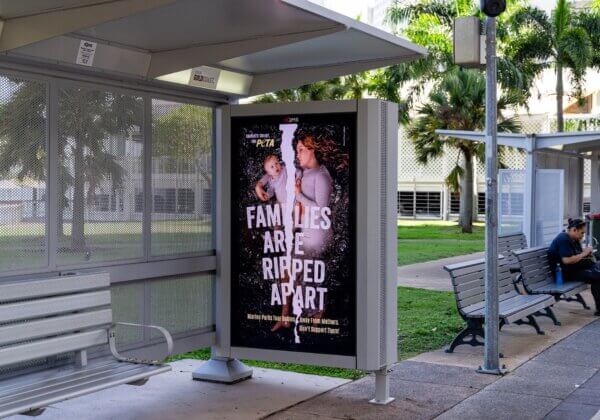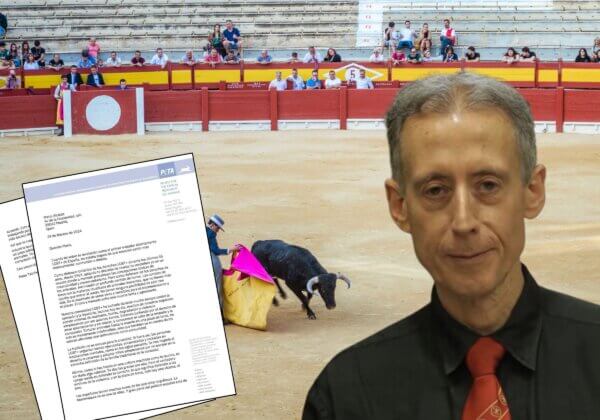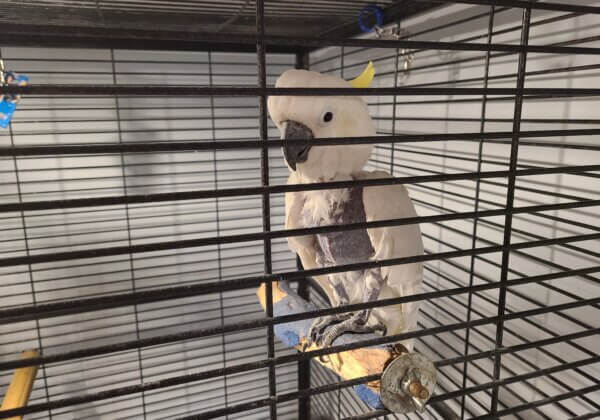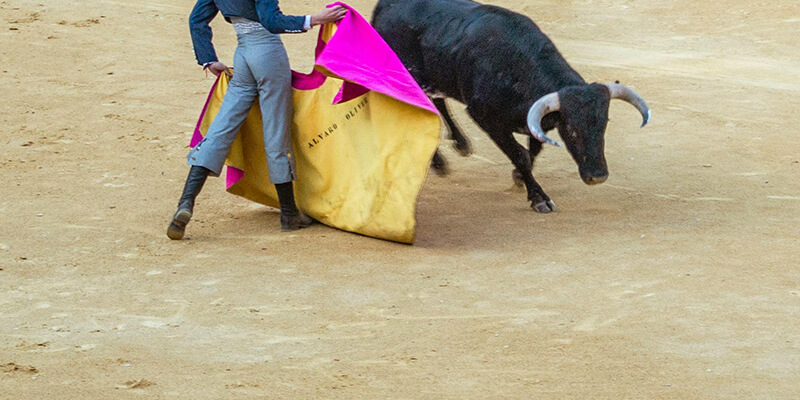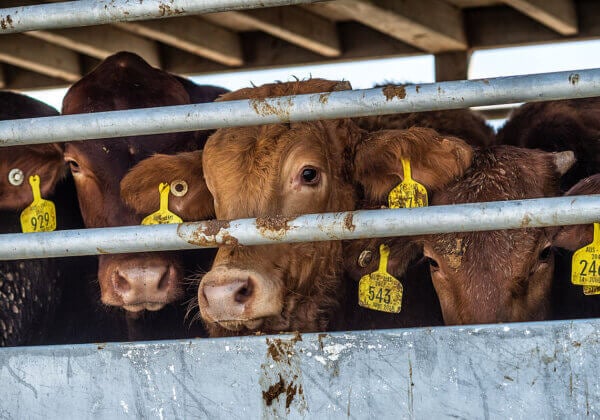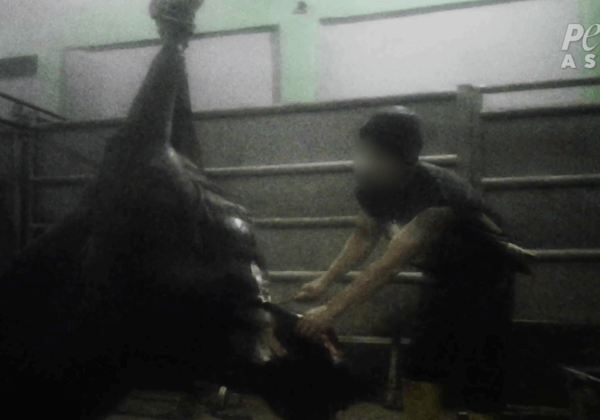The Melbourne Cup: The Race That Divides the Nation
It’s hard to escape all the hype about the “race that stops the nation”, but as people become increasingly aware that horses die on racetracks, the Melbourne Cup is quickly turning into the race that divides the nation.
Ever since Archer became famous for winning the first Melbourne Cup while already injured – in a race in which two other horses died – countless other horses have sustained catastrophic injuries on the racetrack after being whipped mercilessly and pushed past their limits.
 © Liss Ralston
© Liss Ralston
Last year, we watched in horror as fan favourite Red Cadeaux broke his left foreleg on the track and was later euthanised. In 2014, the race resulted in the deaths of two horses: Admire Rakti, who succumbed to acute heart failure and dropped dead at the finish line, and Araldo, who was euthanised because of a leg injury.
And of course, horses are dying at lower-profile races all the time, with a total of 127 horses pronounced dead on Australian tracks over the course of 12 months in 2014 and 2015, according to the Coalition for the Protection of Racehorses.
These tragedies are overshadowed by the glitz and glamour, champagne, fashion, and prize money, but more and more compassionate Aussies are starting to take notice. Attendance at the Melbourne Cup Carnival has fallen for the last four years in a row. Meanwhile, anti-racing “Say Nup to the Cup” events are springing up all over the country.
A report found that the wastage rate for horses in training or racing was around 40 per cent – and many of those who don’t make the cut are sent to slaughter.
Horses who do make the grade begin a gruelling training and racing schedule. Because their skeletal systems are still growing, many sustain muscle and joint injuries, fractures, internal bleeding, musculoskeletal trauma, and ruptured ligaments. It’s also common for them to suffer from an exercise-induced pulmonary haemorrhage – which can cause blood to pour from their nostrils – after a race.
 © iStock.com / winhorse
© iStock.com / winhorse
Just like humans, horses can feel a fly land on their skin – so can you imagine the pain that they endure when they’re struck repeatedly with a whip? Whipping can cause localised trauma and tissue damage, and ironically, flogging a live horse is only marginally less futile than flogging a dead one. A 2011 study of Australian horse racing found that it improved the race times of just 2 per cent of horses.

Researchers at the University of Melbourne discovered that half of the horses they studied had blood in the windpipe and close to 90 per cent had blood deeper in the lungs. In addition to trauma to the respiratory system, most horses suffer from stomach ulcers. Studies in both Sydney and the US have found that over 85 per cent of horses had lesions in the stomach lining.
Sick and injured horses may also be given steroids, which can mask pain or make a horse run faster. Most broken-down horses don’t make headlines – they’re just quietly shipped interstate to be slaughtered for human consumption or pet food.
There’s nothing “sporting” about a pastime in which animals routinely suffer and die. It’s time for the nation to stop “the race that stops the nation”.

